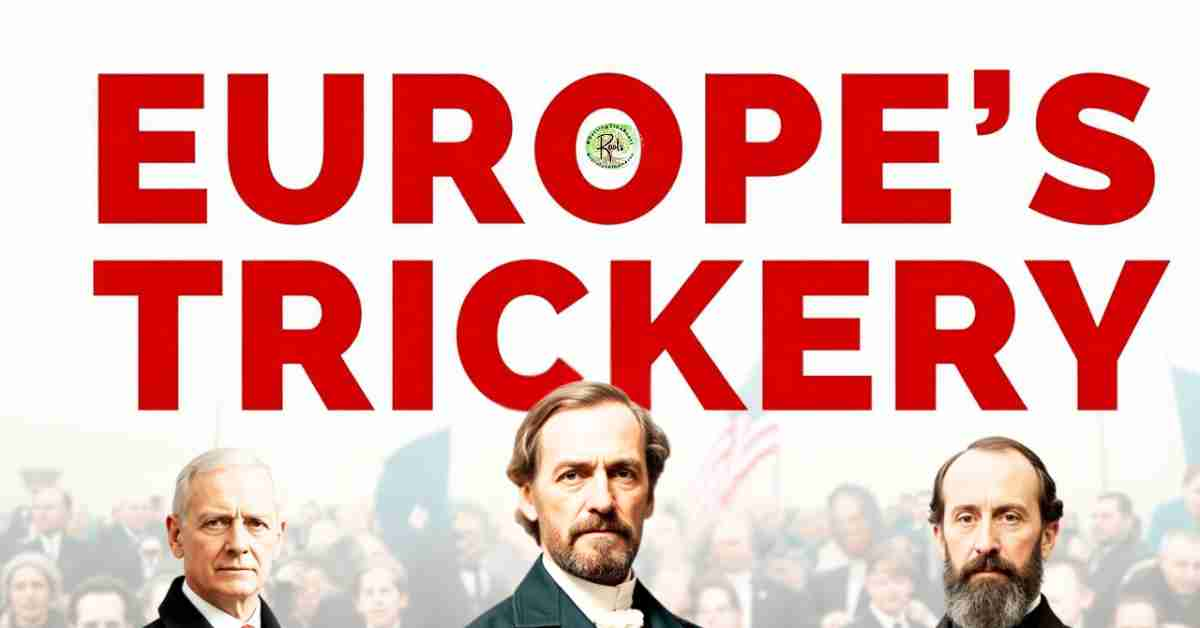Europe Took the World in ways that shaped the modern era. They redrew maps, rewrote laws, and rebuilt economies to serve their own needs. This article uncovers the steps they took, and the impact still felt today.
Why Did Spices and Gold Matter Before Europe Took the World?
Europe Took the World because it wanted wealth, resources, and power. In the early centuries, Europe struggled to reach the riches of the East. Spices, silk, and gold came from India, China, and Southeast Asia. These goods meant survival, influence, and control.
Muslim empires controlled the main land routes. The Ottomans, the Safavids, and other powers made overland trade costly and dangerous. European kingdoms looked for a new path. Portugal led the way. In the 1400s, Prince Henry of Portugal sent ships south along Africa’s west coast.
The mission aimed to find a sea route around Africa to reach Asia. They did not plan to conquer Africa yet. They wanted to bypass it. By the late 1400s, Portuguese ships reached the southern tip of Africa.
Vasco da Gama’s arrival in India in 1498 changed everything. It proved the sea route worked. Spain followed. Soon the Dutch, British, and French joined the race.
While moving along Africa’s coast, they saw something unexpected. Africa was not poor. They saw organized kingdoms, skilled rulers, and active trade networks. The land was rich in gold, ivory, and other resources.
Europe’s original goal shifted. Africa was no longer just a route to Asia. It became a prize worth taking. The journey for spices had turned into the first steps toward a global takeover. The wealth they saw would push Europe to expand its reach far beyond its own borders.
What Role Did Treaties Play as Europe Took the World?
Europe Took the World by first entering as traders, not rulers. Ships from Portugal, Spain, and later Britain and France arrived with goods. They brought cloth, beads, alcohol, and especially guns. These items looked tempting to local rulers who wanted power over rivals.
At first, deals seemed fair. African leaders traded gold, ivory, and sometimes captives taken in wars. Europeans made promises of friendship. They wrote treaties that looked equal but hid traps.
Most African leaders could not read the fine print written in European languages. Those papers claimed land, ports, and future rights for Europe.
Guns changed the balance. Once one kingdom received weapons, its neighbors needed them too. This created endless wars. The more wars, the more captives. The more captives, the more Europe gained control. Trade fueled conflict, and conflict gave Europe a steady supply of labor and resources.
Europe also played sides. They supported one ruler today and an enemy tomorrow. They gave supplies to both and watched the battles grow. This divide-and-conquer approach left African kingdoms weak. Weak kingdoms could not resist European armies when conquest began.
Alcohol made things worse. It weakened communities and created new problems. Debt grew when rulers promised more resources than they could provide. Europeans took advantage of every mistake. A small trade deal could turn into land loss or permanent control.
Step by step, Europe went from visitor to master. What started as trade slowly shifted into takeover. By the time kingdoms realized the trap, Europe had ports, soldiers, and treaties that gave them the upper hand.
Did Conquest Matter When Europe Took the World?
Europe Took the World when trade turned into conquest. Once ships crossed the oceans, armies followed. Spain led the way in the Americas. Soldiers arrived with guns, horses, and steel.
They attacked Indigenous empires that had stood for centuries. Gold and silver flowed back to Spain. Europe gained the wealth it had long dreamed of.
This sudden flow of riches changed Europe’s power. Other kingdoms wanted their share. Portugal, Britain, France, and the Dutch rushed to claim colonies. They built forts along Africa’s coast. They pushed deeper when they needed more resources. Trade posts became military bases.
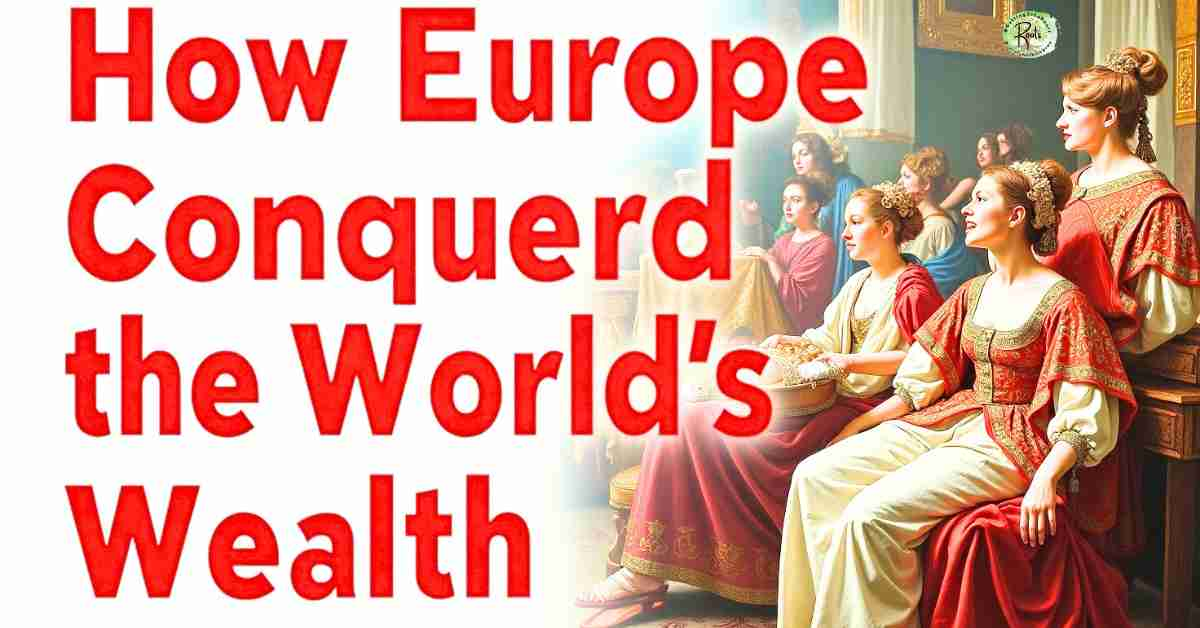
The sea gave Europe control. Navies patrolled routes and blocked rivals. Only European ships could carry goods across oceans. This allowed Europe to set the rules of global trade. Local kingdoms lost freedom to move their own resources.
Every victory brought more supplies. Gold from the Americas paid for more soldiers. Sugar from plantations filled European markets. Cotton and tobacco built industries. Armies grew stronger with every shipment. The cycle fed itself.
By the 1600s, Europe stood as a force no other region could match. Armies, navies, and wealth gave them the tools to expand further. Africa and Asia became targets. Once power shifted to force, there was no turning back. The age of conquest had begun.

What Happened When Europe Took the World on Paper?
Europe Took the World not only with armies but also with pens. Leaders in Europe gathered in conference halls. They looked at maps of Africa and Asia. No voices from the people who lived there were invited. Lines were drawn as if the land was empty.
The Berlin Conference of 1884 made this official. Fourteen European powers met in Germany and carved Africa into colonies. Old kingdoms that already had borders were ignored. Cultures that had ruled for centuries were pushed aside.
To Europe, the map was nothing more than a puzzle to split. This act gave Europe control before conquest even began. Borders drawn on paper turned into claims on the ground. Soldiers marched to enforce them. Treaties written in foreign languages forced rulers to sign away land.
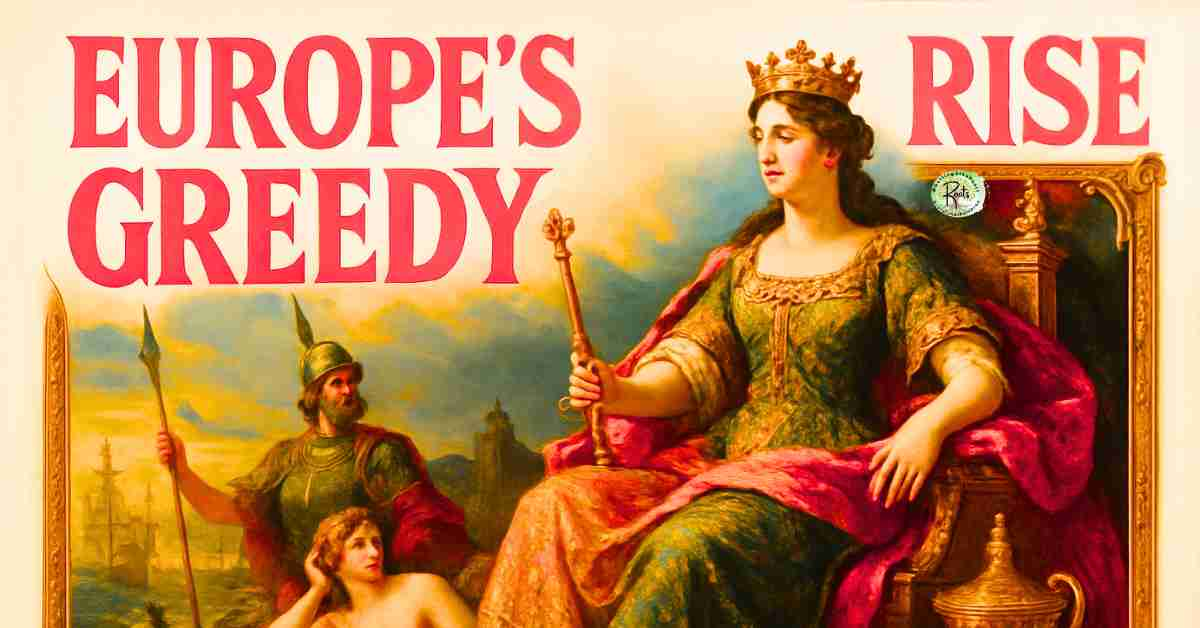
The result was chaos for Africans. Families lived on both sides of new borders. Rivals were forced into one colony. Old alliances broke apart. Europe gained more control because division created weakness.
Maps became weapons. They told the world that Africa now belonged to Europe. No matter what Africans said, the map was used as proof of ownership. From Europe’s view, paper decided power. These borders still remain today.
They explain why many African nations struggle with conflict. Lines drawn in Europe created problems that never went away. The map that served Europe still shapes the world.
How Did Europe Take the World’s Wealth?
Europe Took the World not only by force but also by draining wealth from the lands it controlled. Gold, silver, and diamonds were pulled from mines in Africa and the Americas. Sugar, cotton, and tobacco filled ships bound for Europe. These goods made European banks, markets, and industries grow.
As a result, Europe gained power while Africa and the Americas grew poorer. The resources were taken, but little was given back. For example, plantations thrived in the Caribbean, yet the people who worked them lived in poverty. This imbalance was by design.
Meanwhile, Europe built systems to make sure the flow of wealth never stopped. Colonies had to sell raw materials cheap. At the same time, they were forced to buy finished products from Europe at high prices. Because of this, local industries could not grow.
In fact, the profits fed Europe’s Industrial Revolution. Factories in Britain and France ran on cotton from colonies. Railroads in Europe were built with money made from African labor. Even today, you can trace the foundations of modern wealth back to this system of extraction.
Finally, Europe controlled trade routes with strong navies. By blocking rivals, they kept the best resources for themselves. This allowed them to stay on top for centuries. Wealth flowed in one direction, and that direction was Europe.
Did Schools and Religion Matter When Europe Took the World?
Europe Took the World not only through armies and wealth but also by shaping minds. Religion and schools became powerful tools. Missionaries spread across Africa and Asia alongside soldiers and traders. Churches taught that European culture was superior.
As a result, many local traditions came under attack. Indigenous beliefs were called false. Languages were pushed aside in favor of English, French, Spanish, and Portuguese. Schools reinforced these changes. Lessons praised Europe’s history and silenced African and Asian voices.
For example, students learned about European kings and explorers but not about their own leaders. Children grew up repeating European stories as truth. This created shame around local identity. At the same time, it built loyalty to foreign powers.

Meanwhile, religion tied communities closer to Europe. Churches offered education, food, and aid, but often demanded conversion in return. This created dependence. In fact, many rulers supported missionaries because they saw them as allies. That decision weakened cultural pride over time.
Because of this, schools and religion made conquest easier. Armies controlled land, while churches and classrooms controlled minds. Together they spread the idea that Europe had the right to rule.
The impact lasted beyond the colonial era. Even after independence, many nations kept European languages and systems. Education and faith had already reshaped the future. This soft power helped Europe keep influence long after the guns went silent.
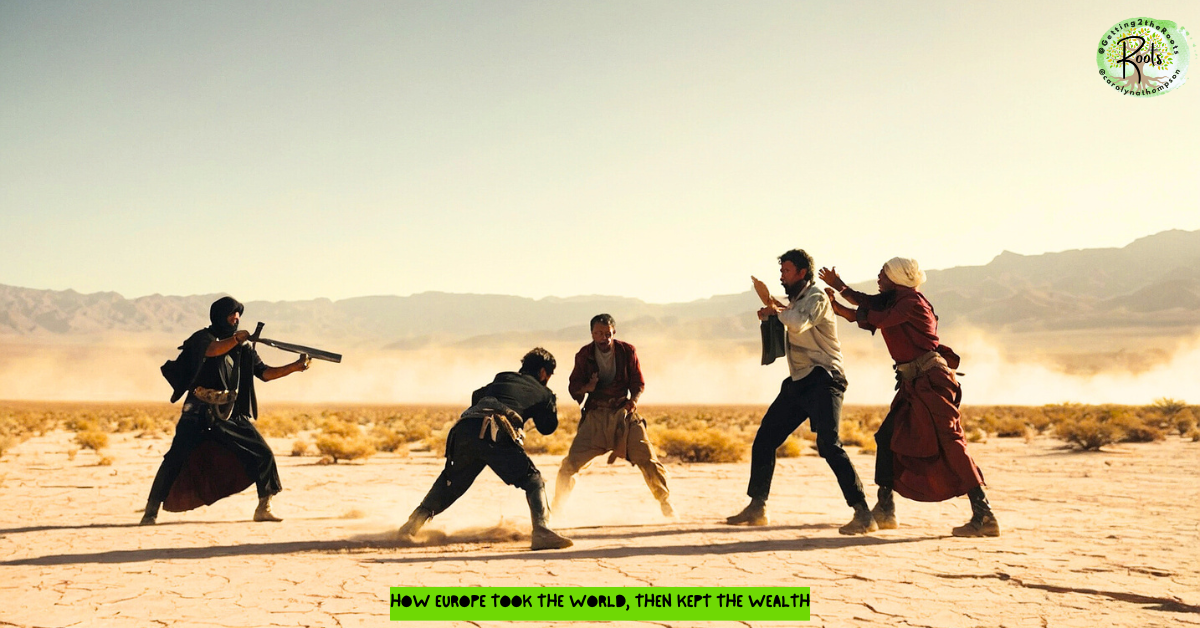
Did Africa and Asia Resist When Europe Took the World?
Europe Took the World with armies and treaties, but resistance never stopped. Across Africa and Asia, leaders and communities fought back. They used every weapon they had, from spears and shields to ambush tactics and surprise attacks.
For example, in West Africa the Ashanti fought against British forces. In East Africa, the Zulu faced off with rifles and cannons. Ethiopia stood out by defeating Italy at the Battle of Adwa in 1896. That victory showed the world that Europe could be challenged.
Meanwhile, resistance grew in Asia. Indian fighters rose against the British in 1857 during what Europe called the Sepoy Rebellion. In the Philippines, revolutionaries fought Spain and later America. These battles proved that colonized people would not give in easily.
However, Europe often had the upper hand. Modern weapons and larger armies gave them an edge. Divide-and-conquer strategies also broke alliances among local rulers. Because of this, many uprisings ended with harsh crackdowns.
Even so, resistance carried meaning. It slowed European expansion. It inspired future generations to fight for freedom. It built pride and proved that colonization was never fully accepted.
In fact, these stories remain powerful today. They remind us that Europe’s conquest was not a one-sided march to power. The people of Africa and Asia fought with courage, even when the odds were against them.
What Systems Helped Europe Keep Wealth After Taking the World?
Europe Took the World by force, but keeping the wealth required new systems. Even after colonies gained independence, Europe found ways to hold control. Debt became one of the strongest tools.
Former colonies were forced to borrow money from European banks. High interest rates locked them into endless payments. At the same time, trade rules kept wealth moving in one direction. Raw materials still flowed out cheap. Finished goods still returned at higher prices.
As a result, local industries remained weak. Europe profited while African and Asian nations struggled. For example, France demanded payments from Haiti for freedom. Those payments drained the new nation for more than a century.
In West Africa, countries tied to the CFA franc had to keep reserves in French banks. This system gave France access to African money long after the colonial era ended.
Meanwhile, Europe used global institutions to extend control. The World Bank and the International Monetary Fund offered loans with strict conditions. These rules often forced nations to cut services, sell land, or open markets to foreign companies. Because of this, the cycle of dependence deepened.
In fact, many former colonies still face the impact today. Roads, schools, and health care remain underfunded because wealth leaves faster than it grows. Europe’s legacy is not only in history books. It is in the daily lives of millions who live under systems built to keep Europe rich.
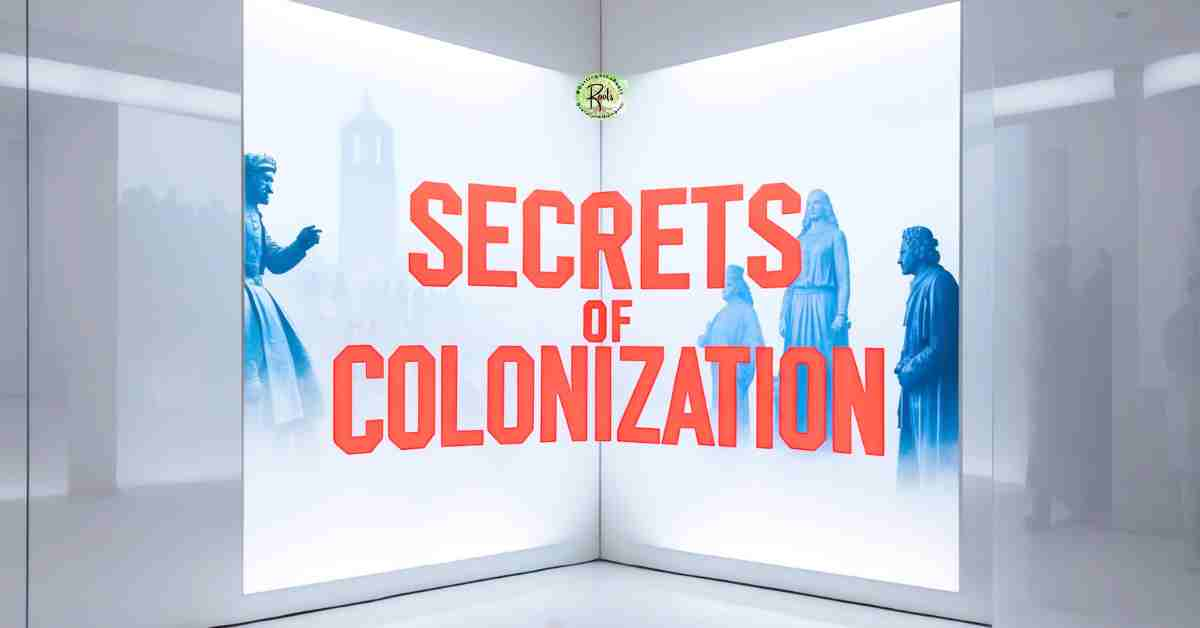
Why Does It Matter That Europe Took the World?
Europe Took the World centuries ago, but the impact never ended. The borders they drew still shape nations today. Conflicts often rise where groups were forced together or split apart. As a result, wars and unrest in many regions can be traced back to Europe’s maps.
Economies also carry the weight of this history. Former colonies often depend on exports like oil, cocoa, or coffee. Prices are set outside their control. Meanwhile, Europe and America grow rich from industries built on those same resources. Because of this, poverty and inequality remain hard to break.
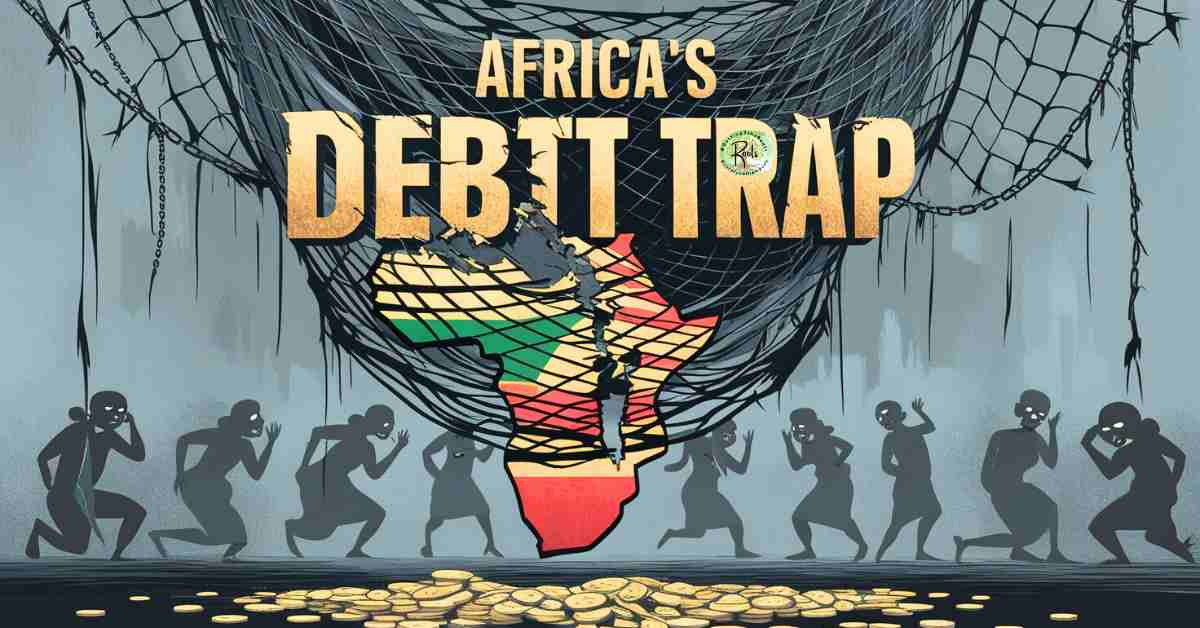
For example, African farmers still face global markets that favor European companies. At the same time, debt payments pull money away from schools and hospitals. The result is a cycle that repeats across generations.
Culture shows the mark as well. Languages, laws, and education systems still mirror Europe more than local traditions. In fact, many children grow up learning European history before their own. This shapes identity in ways that limit pride and self-determination.
Finally, the call for reparations grows louder. Communities demand recognition and justice for centuries of exploitation. Knowing how Europe Took the World explains why that fight matters. It shows the past is not gone. It lives in the present and points to the future.
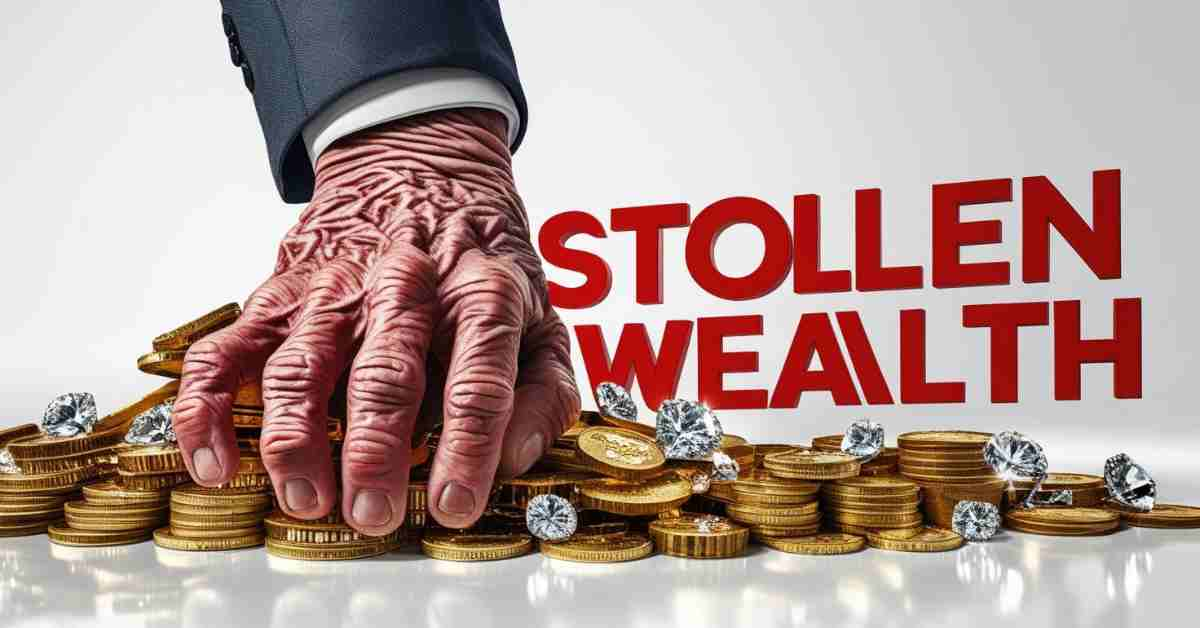
What Lessons Come From Knowing Europe Took the World?
Europe Took the World through trade, force, and control. That story carries lessons we cannot ignore. First, it shows how greed can shape entire nations. The search for wealth turned into a global system that still affects us today.
As a result, history teaches the need for unity. Division made conquest easier. Kingdoms fought one another while Europe grew stronger. Today, unity can protect communities from outside control.
For example, nations that work together can set fair prices for resources. They can also push back against unfair trade deals. Because of this, collective power becomes a defense against exploitation.
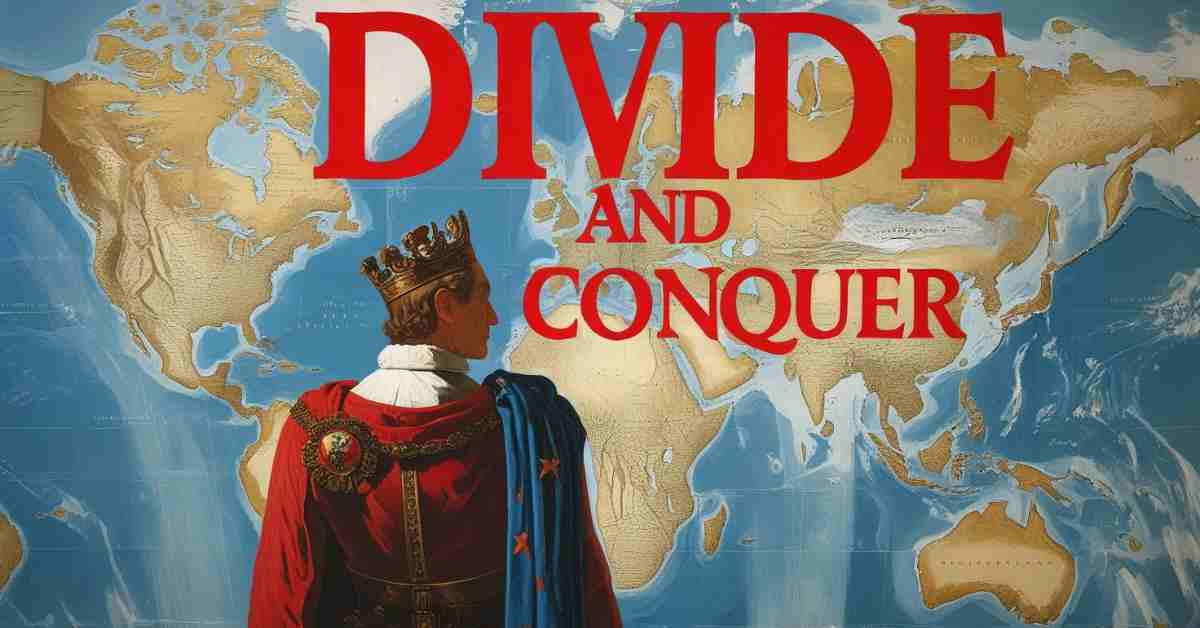
Another lesson is the importance of identity. Schools and religion once pushed people to forget their cultures. In fact, many still carry shame about their past. Remembering history restores pride. It gives strength to fight for justice.
Finally, this story warns us to stay alert. The tools of control may look different now, but the goal is the same. Debt, trade rules, and foreign influence replace armies and treaties. Knowing this helps us see the patterns.
In the end, the lesson is clear. Knowledge of how Europe Took the World is not just about the past. It is a guide for building a future where power is shared and justice is possible.

✊🏽 Keep Learning the Truth They Tried to Hide
Keep learning the truth they tried to hide. Want more history like this? History in Motion playlist. From Selma to the March on Washington, I break down what really happened—and why it still matters.
🎥 Real History. Real People. Real Power.
Real history. Real people. Real power. If you are ready to go deeper, watch the True History EXPOSED playlist on my YouTube channel. These stories are raw, real, and rooted in facts. Let’s honor our ancestors, speak truth, and keep pushing for justice together.
Conclusion
In conclusion, Europe Took the World through trade, treaties, force, and control. The journey began with the hunger for spices and gold. It grew with false agreements and weapons. It turned into conquest across oceans. Maps and borders locked in that power.
The wealth flowed in one direction. Armies and navies kept it that way. Schools and religion reshaped minds. Resistance rose, but Europe built systems that lasted beyond colonial rule. Debt, trade rules, and foreign influence kept wealth in European hands long after independence.
This history matters because it explains today’s struggles. Borders, poverty, and inequality trace back to choices made centuries ago. At the same time, the lessons are clear. Unity, identity, and awareness can break the cycle.
Europe Took the World, but the story is not finished. The future depends on how we use this knowledge. Power can be challenged, and justice can still be claimed.
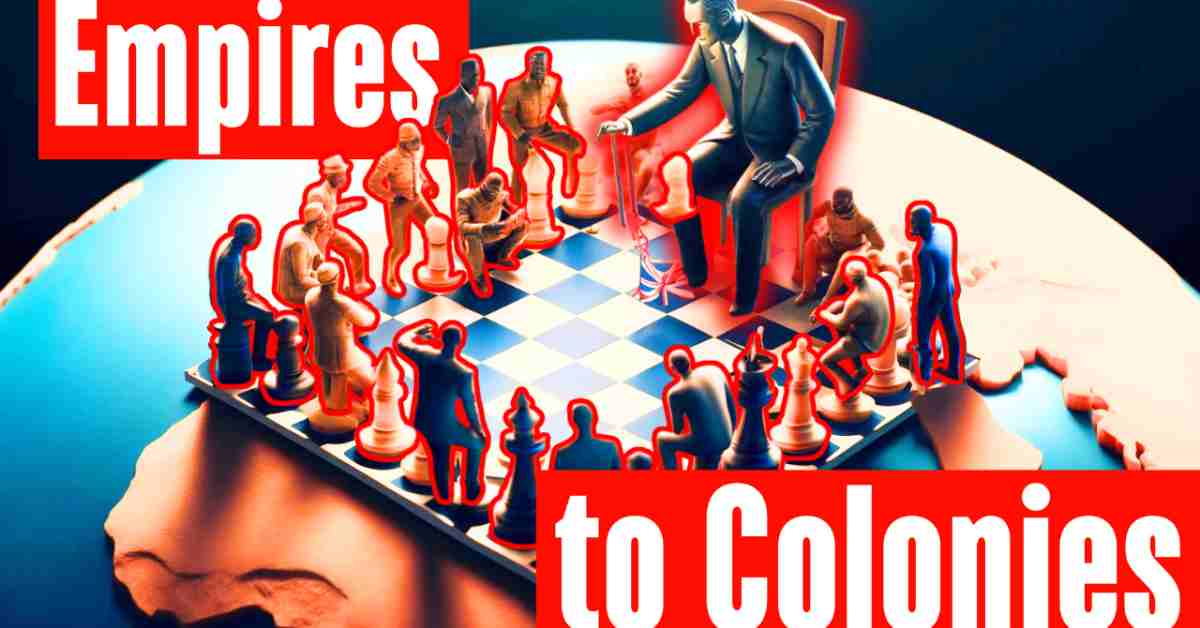
FAQs: About How Europe Took the World
- Why did Europe Took the World in the first place?
- Europe Took the World to gain wealth, power, and control over trade routes. Spices, silk, and gold drove their mission.
- How did treaties help Europe Took the World?
- Treaties looked fair but hid traps. They gave Europe ports, land, and rights that weakened local rulers.
- Did force play a role when Europe Took the World?
- Yes. Armies, navies, and weapons turned trade into conquest. Gold and silver from the Americas fueled Europe’s rise.
- Why does it still matter that Europe Took the World?
- Borders, poverty, and inequality today connect to Europe’s takeover. The effects never ended.
- What lesson comes from knowing Europe Took the World?
- The lesson is unity, pride, and awareness. History warns us to resist division and challenge unfair systems.

